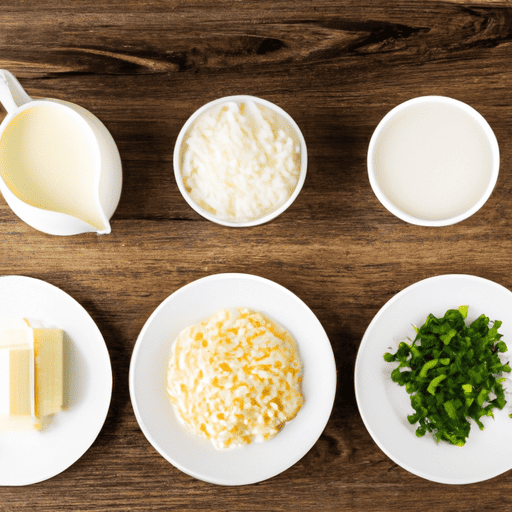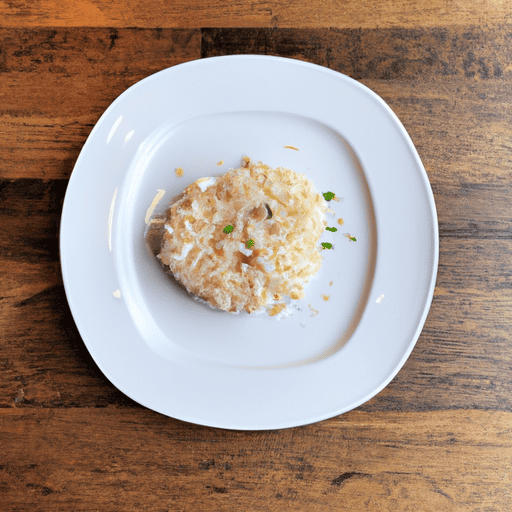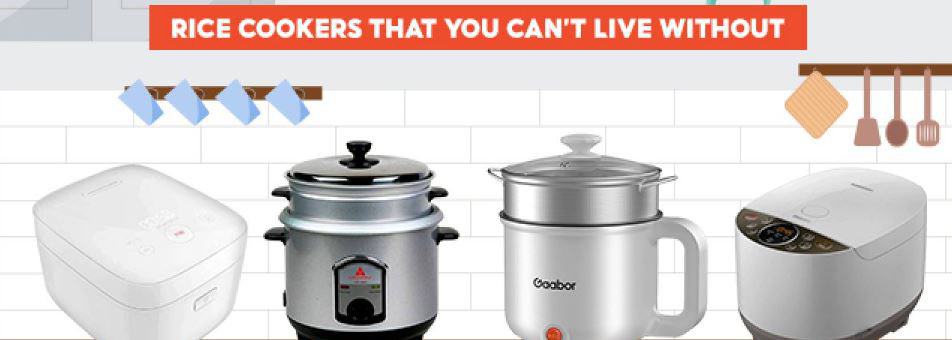Hello there, and welcome to Rice Cookers 101! Today, let’s explore the flavorful and creamy world of Thai Cheese Rice. This unique dish combines traditional Thai rice with cheese, creating a delicious balance of sweet and savory flavors. Whether you’re a cheese lover or a Thai food enthusiast, this recipe is sure to satisfy your taste buds. So, put on your apron and let’s get cooking! We’ve made this thai cheese rice recipe easy to follow 👨🍳. If you’re looking for our favorite rice cookers to make this recipe, check out our list of top rice cookers here.

Ingredients
- 1 cup jasmine rice
- 1 cup water
- 1 cup milk
- 1/2 cup shredded cheddar cheese
- 1/2 cup shredded mozzarella cheese
- 1/4 cup green onions, chopped
- 2 tbsp butter
- 1 tsp salt
- 1/2 tsp black pepper
Instructions
In a large pot, combine 1 cup of jasmine rice, 1 cup of water, 1 cup of milk, 2 tbsp of butter, 1 tsp of salt, and 1/2 tsp of black pepper. Bring the mixture to a boil over high heat. Reduce the heat to low and cover the pot. Cook the rice for 18-20 minutes, or until all of the liquid has been absorbed. Remove the pot from the heat and stir in 1/2 cup of shredded cheddar cheese and 1/2 cup of shredded mozzarella cheese until they are well combined and melted. Add 1/4 cup of chopped green onions and stir to combine. Let the rice sit for 5-10 minutes to cool and thicken slightly. Serve and enjoy! 
How long does thai cheese rice last in the fridge?
Thai cheese rice can be stored in the fridge for up to four days after cooking if it has been properly refrigerated in an airtight container. It is essential to store the rice quickly after cooking and allow it to cool down at room temperature before placing it in the fridge. When reheating Thai cheese rice, it’s advisable to use a microwave or oven to do so thoroughly. It’s essential to check the rice for any signs of spoilage before reheating, such as strange smells or mold formation. If the rice is in doubt or has been left unrefrigerated for an extended period, it’s safest to discard it.
Low calorie thai cheese rice recipe substitutions
To make this Thai cheese rice recipe lower in calories, you could make the following substitutions: use brown rice instead of jasmine rice, use low-fat or fat-free milk instead of whole milk, replace some or all of the butter with a heart-healthy oil such as olive oil or coconut oil, and reduce the amount of cheese or use a lower-fat cheese such as reduced-fat cheddar or mozzarella. Additionally, you can skip adding salt and replace it with herbs or spices for flavor, like cumin or smoked paprika. Finally, instead of using white rice, you could make a cauliflower rice by grating cauliflower and sautéing it on a pan with spices. This cauliflower rice is a low-calorie and low-carb substitute that still offers a pleasant texture and taste. With these substitutions, the recipe’s calorie count can be significantly reduced while still maintaining the integrity and flavor of Thai cheese rice.
What to serve with a thai cheese rice?
Thai cheese rice is a flavorful and creamy dish that can be served alongside a variety of dishes. For a complete meal, you could pair it with a simple cucumber salad dressed with a sweet-sour vinaigrette. Alternatively, you could serve it with a spicy stir-fry of vegetables and protein like chicken or tofu. Another option would be to pair it with lightly seasoned grilled shrimp or fish. For a vegetarian option, you could serve it alongside a bowl of hot and sour soup with mushrooms and tofu. Whatever you choose, Thai cheese rice is sure to be a hit with your guests.
Whats the best sauce for a thai cheese rice?
For Thai cheese rice, the best sauce is a sweet and spicy chili sauce. This complements the cheesy flavor of the rice while adding a little bit of heat. You could also opt for a peanut sauce, which adds a layer of nuttiness to the dish. Alternatively, a soy sauce-based sauce could work well, particularly if you want a slightly saltier flavor. Some good garnishes for Thai cheese rice include fresh herbs like basil or cilantro, chopped peanuts, or a squeeze of lime juice. Overall, the key is to find a sauce that balances out the rich and creamy flavor of the rice, without overwhelming it.
Thai cheese rice health benefits
Thai cheese rice is a delicious recipe that is savory and flavorful. However, it is not particularly healthy due to the presence of high-fat cheese and white rice, which lack nutrients such as fiber and protein. While consuming Thai cheese rice in moderation is acceptable, if you are looking for a healthier option, you may want to consider a recipe that incorporates brown rice or quinoa, proteins such as grilled chicken or tofu, and a variety of colorful vegetables. For instance, a quinoa bowl with grilled chicken, avocado, spinach, tomatoes, and a drizzle of balsamic vinegar is a nutrient-dense meal that is satisfying and delicious.

